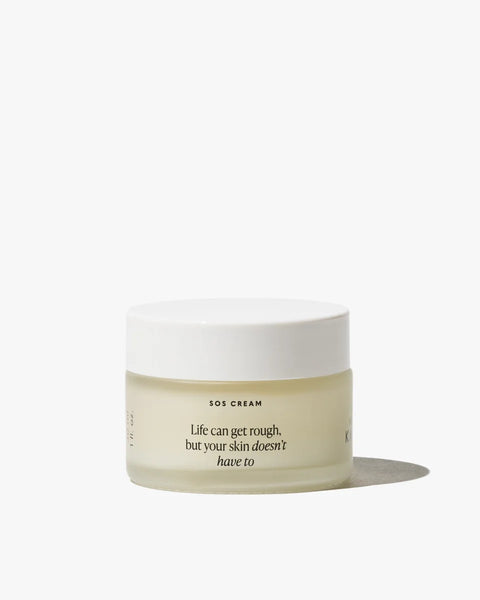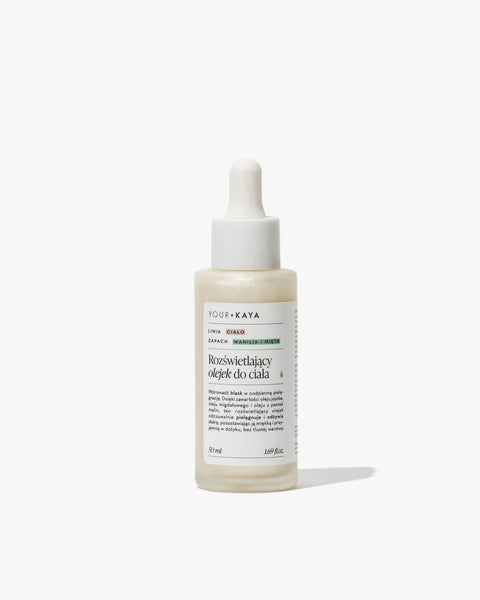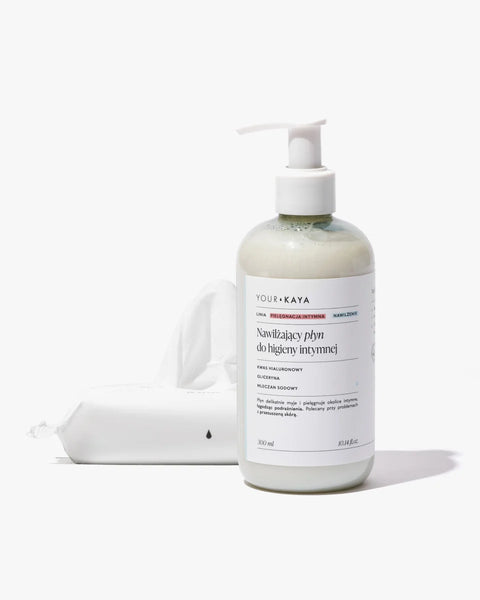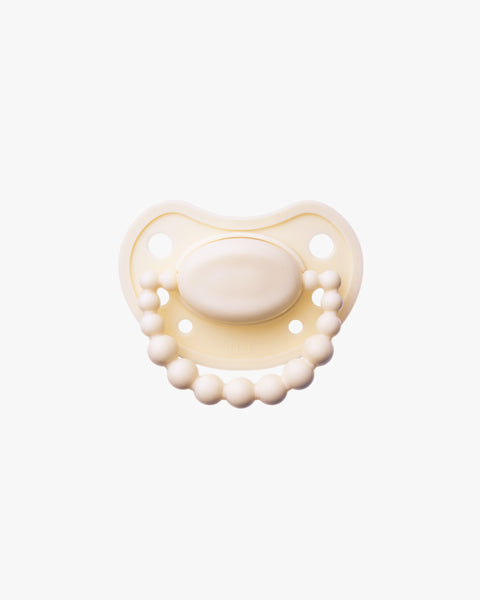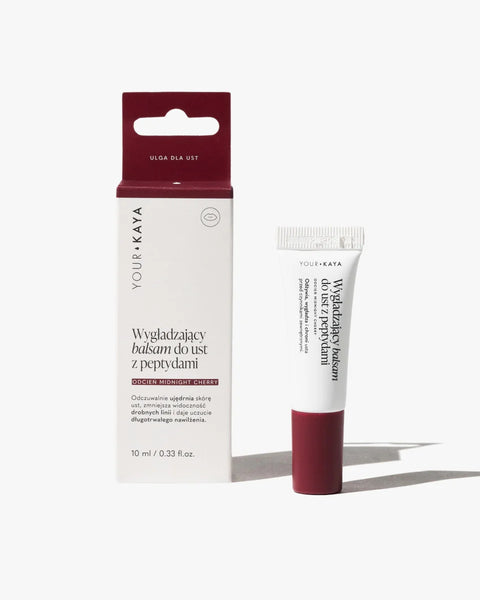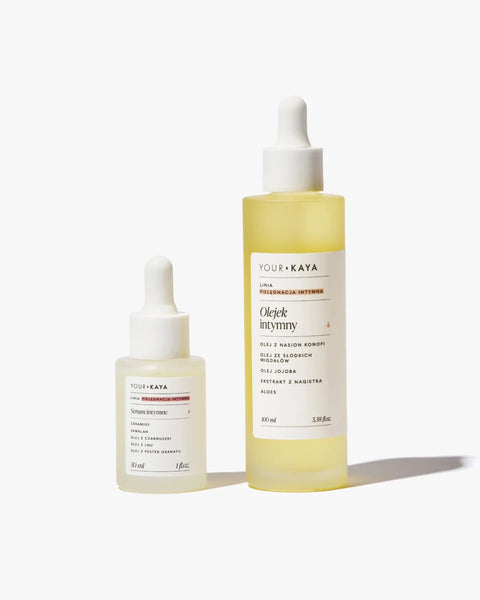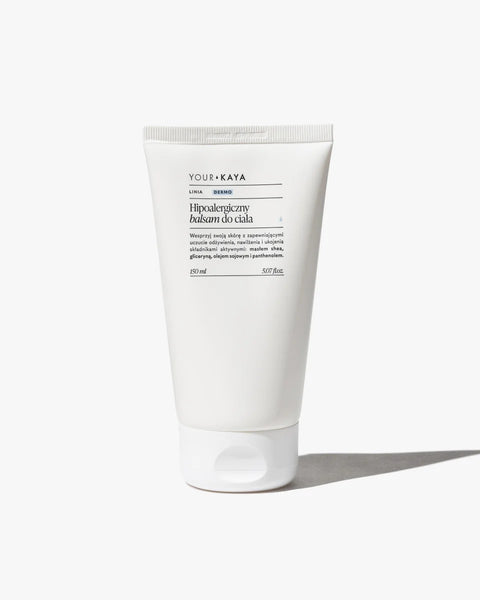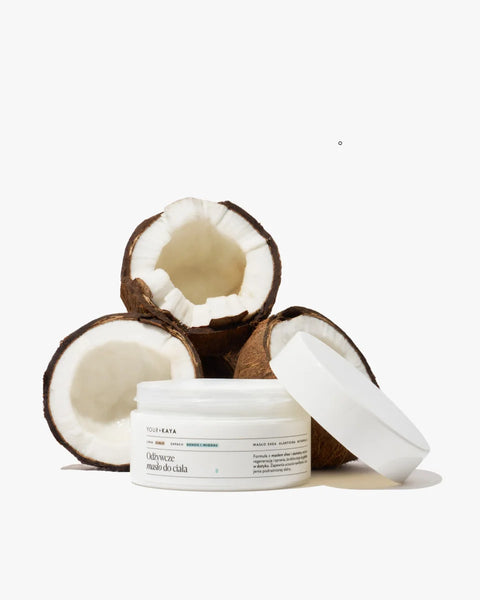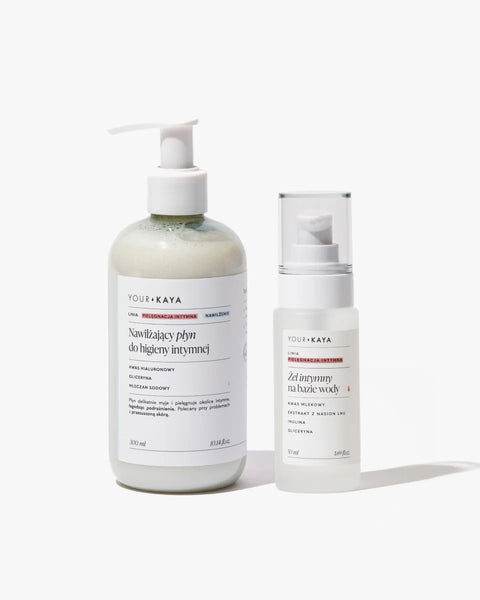Lack of knowledge, superstitions or prejudices often caused societies to abandon maintaining the level of hygiene that was standard several centuries earlier. On the other hand, despite much poorer knowledge than today, people came up with surprising ways to deal with the more or less bothersome lack of cleanliness. It is good to know what our ancestors had to struggle with, so that we can better appreciate the luxury of taking care of body hygiene in the 21st century.
Hygiene in Greek means health.
We know quite a lot about ancient hygiene, especially thanks to the practices of the Greeks and Romans. Greek customs, however, were based on a slightly different understanding of the word hygiene. It comes from Hygieia, a goddess from Greek mythology. Her name literally means... health. In Greek culture, health was more strongly associated with physical fitness built in gymnasiums, and hygiene itself (according to our understanding) was merely an addition to it. Cleanliness was taken care of in baths, both public and private, and in the region of Laconia there were even steam baths. The Greeks did not use soap, instead, not necessarily during bathing, they scrubbed their bodies with pumice or ash, for example, and then moisturized them with olive oil.
Who hated Roman baths?
In the 1st century BC, there were about 170 public baths and thermal baths in Rome. The prices were low enough that most Romans could afford to visit them, although men paid a quarter of the price that women had to pay. The Romans, like the Greeks, did not yet use soap. To keep things clean, they used scented oils, which were then scraped off with special tools. The Romans also did not like hair, which they plucked or depilated, although we know little about the methods of depilation themselves. When it came to hair pulling, however... there was a profession called a hair puller. In one of his letters, Seneca, a Roman rhetorician and philosopher, complains about the annoying noise from the local baths and the shouting of food sellers and... a similarly loudly advertising hair puller.
A lesson in manners and intimate hygiene
Most written sources come from the male-dominated profession of scribes, which is probably why we have so little information about intimate hygiene. However, there is a colorful reference in which we can find a way to deal with menstrual blood. In Alexandria, at the turn of the 4th and 5th centuries AD, there lived a famous philosopher of the Neoplatonic school, Hypatia. Once, tired of the inept flirtation of a man interested in her, she is said to have thrown at him a bloody cloth, which she apparently used as a sanitary napkin. We can guess that women, for example in Egypt or Rome, may have used tampons made of softened papyrus or wool. Menstruation itself was also surrounded by a lot of superstition; the Romans believed that contact with menstrual blood caused crops to dry out and wine to sour.
The Not So Dirty Middle Ages
Pop culture has accustomed us to imagine the medieval, 15th-century man as the embodiment of dirt and neglect. And that is not entirely true. Poorer people usually bathed in rivers and lakes if they could not afford baths. Wealthier people, if they did not choose baths, bathed at home. Usually, a tub of heated water was brought to the bedroom, to which thyme or scented oils were added, and often soap, which, for example, was known in England since the 10th century AD. Public baths, on the other hand, usually offered baths with warm water, meals, music, and the company of women. It is no wonder that the church soon declared such baths places of debauchery and prostitution.
Poles are not geese, they have their own baths
Poles definitely did not avoid soap and water. In the 14th century, there were 12 public baths in Kraków! Of course, not everyone could afford to use them; a bath attendant would never let a tramp or a woman into the bathhouse who was having sex for money. Representatives of higher social classes, such as guild members, often had free access to baths and hot water, but entry fees were also affordable for the poorer. Fresh herbs or rose petals were added to the water, and lye was used for body care, and only later soap. Proponents of more frequent contact with water included King Władysław Jagiełło, Queen Jadwiga, and Dobrawa, the wife of Mieszko I. Jagiełło is said to have carried his favorite tub with him, Dobrawa is said to have visited a sauna with stone stoves, and Jadwiga used therapeutic baths to increase her fertility.
Divine Punishment, Women's Issue
In the Middle Ages, women's intimate hygiene was burdened with the belief in the divine origin of menstruation, as a punishment for sin. The Church saw menstruation as the burden of Eve's sin, and women without periods as candidates for sainthood. At that time, the absurd theory of the womb wandering around the body, responsible for various ailments, also flourished. It was believed that menstrual blood could thus flow through the entire body, collecting toxins and impurities, and itself becoming poisonous. Just looking into the eyes of a woman who was still menstruating at an advanced age was supposed to be dangerous.
Intimate hygiene in the Middle Ages
Trotula of Salerno, an Italian physician from the 11th century AD, mentions pieces of wool used to cleanse the intimate parts before intercourse. How did women cope with menstruation? We cannot find a precise answer to this question. We assume that women simply used linen cloth, washed and reused many times. In some regions, peat moss was known for its absorbent properties, making it useful for staunching wounds on battlefields. It is suspected that these same properties made it useful as a stuffing for linen sanitary napkins.
Versailles as we don't know it
Although Versailles is usually associated with splendor and palace conditions, hygiene in Versailles left much to be desired. Bodies were washed less often, and underwear was washed more often, which was considered a sufficient solution. Powders and perfumes were used to cover up with pleasant smells those given off by neglected bodies. Lice were not fought against, because it was believed in their health properties, and sewage from the palace corridors was removed once a week. Louis XIV himself is said to have bathed only twice in his life.
Social taboos and the first commercial sanitary pads
With better access to water, hygiene in the 19th century was developing more and more. It was only towards the end of the Victorian era that women slowly stopped using homemade, reusable sanitary pads. Then, at the turn of the 19th and 20th centuries, the first commercial intimate hygiene products appeared. In 1896, Johnson & Johnson launched sanitary pads, and the first commercial tampon was created a little later, in 1929 by Dr. Earle Haas. This did not mean that women were willing to use these solutions. At first, deeply rooted social taboos made many of them ashamed to buy these products, because they would have to admit to something as natural as menstruation.
For centuries, intimate hygiene has been demonized and marginalized, menstruation has been seen as a sin or divine punishment, and women have been forced to cope on their own, in secret and with shame. And although even today menstruation is not a particular pleasure for anyone, it is good to have more options for dealing with it than our ancestors had.
Created at: 07/08/2022
Updated at: 16/08/2022



























